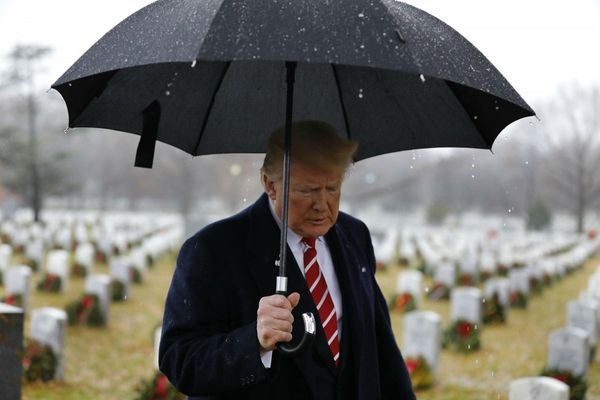Against the backdrop of the Ladakh stand-off and the war in Ukraine, a clear road map is in place for ammunition procurement and the long-term requirement for 10 years has been finalised, defence sources said on the efforts to secure supply chains and avoid any impact on operational preparedness.
Already, about 85% of the ammunition requirement has been indigenised, from both the public and private sectors, sources said.
‘In-house development’
“The aim is to build up ammunition stocks to desired levels, minimise imports and achieve self-sufficiency in the country, have multiple sources of supply, and possess indigenous manufacturing capability,” a defence source in the know said. “First step is to indigenise all import-dependent ammunition — major platforms with long-term requirement.”
As part of this, indigenisation of more than 30 variants, amounting to about ₹16,000 crores, is under way and five or six variants of ammunition have been identified for production through the Indian industry, which will expand the indigenous vendor base, the source said. “Subsequently, next-generation high-tech ammunition based on research and development is being identified for in-house development.”
On the broad break-up of ammunition procurement between domestic production and imports, sources said that about 85% of the ammunition has been indigenised, with a bulk of it being met by the Defence Public Sector Undertakings and the rest by the Indian industry. Less than 10% is met purely through direct imports and there is also some amount of legacy platforms in small numbers that are in the process of being phased out, a second source said.
The armed forces had undertaken major procurement and stocking of spares and ammunition under the three rounds of emergency financial powers granted by the Defence Ministry — the first time after the 2016 Uri terror attack in 2016, followed by the 2019 Balakot air strikes, and the 2020 stand-off with China in eastern Ladakh. The fourth round of emergency procurement was completed recently. This has ensured enough stocks of critical ammunition and helped offset delays to some extent in deliveries of spares, components and ammunition since the war in Ukraine broke out in February 2022, as reported by The Hindu earlier.
For the Army, most of its armoured fleet is of Russian-origin and the air defence has several legacy systems. About 10 to 12 ammunition categories in over 30 variants are being indigenised on priority, with a particular emphasis on air defence, mechanised infantry, armoured and artillery, the first source stated, adding that these cases were currently undergoing field trials. While earlier efforts to open up ammunition manufacturing to the private sector had not made progress, several Indian private companies are now in the race to manufacture ammunition in the country.
Ammunition stocking is generally done in terms of requirements for intense wars and normal wars and broadly factors in 30 days of intense fighting and 30 days of normal fighting.







